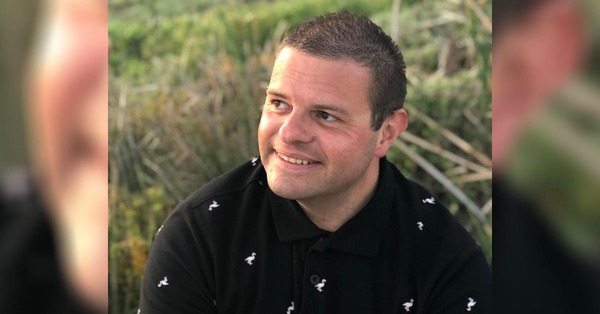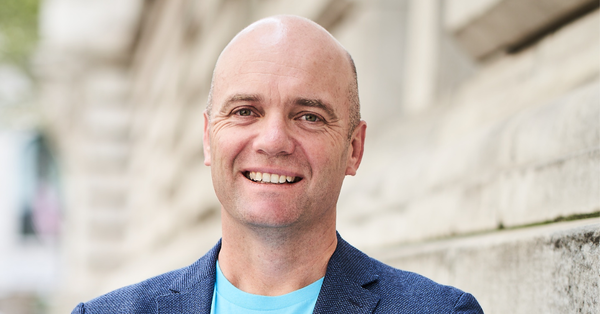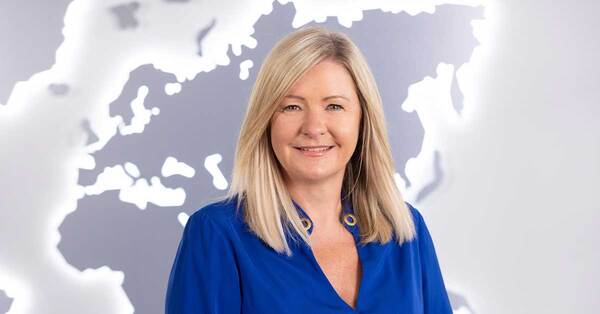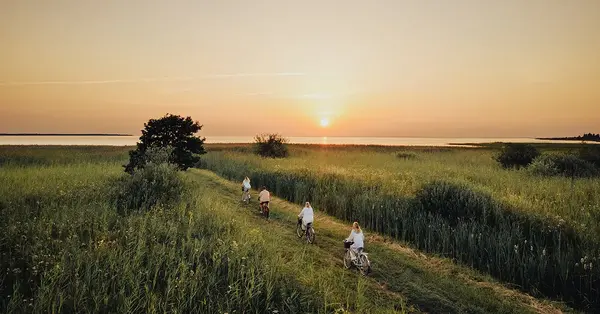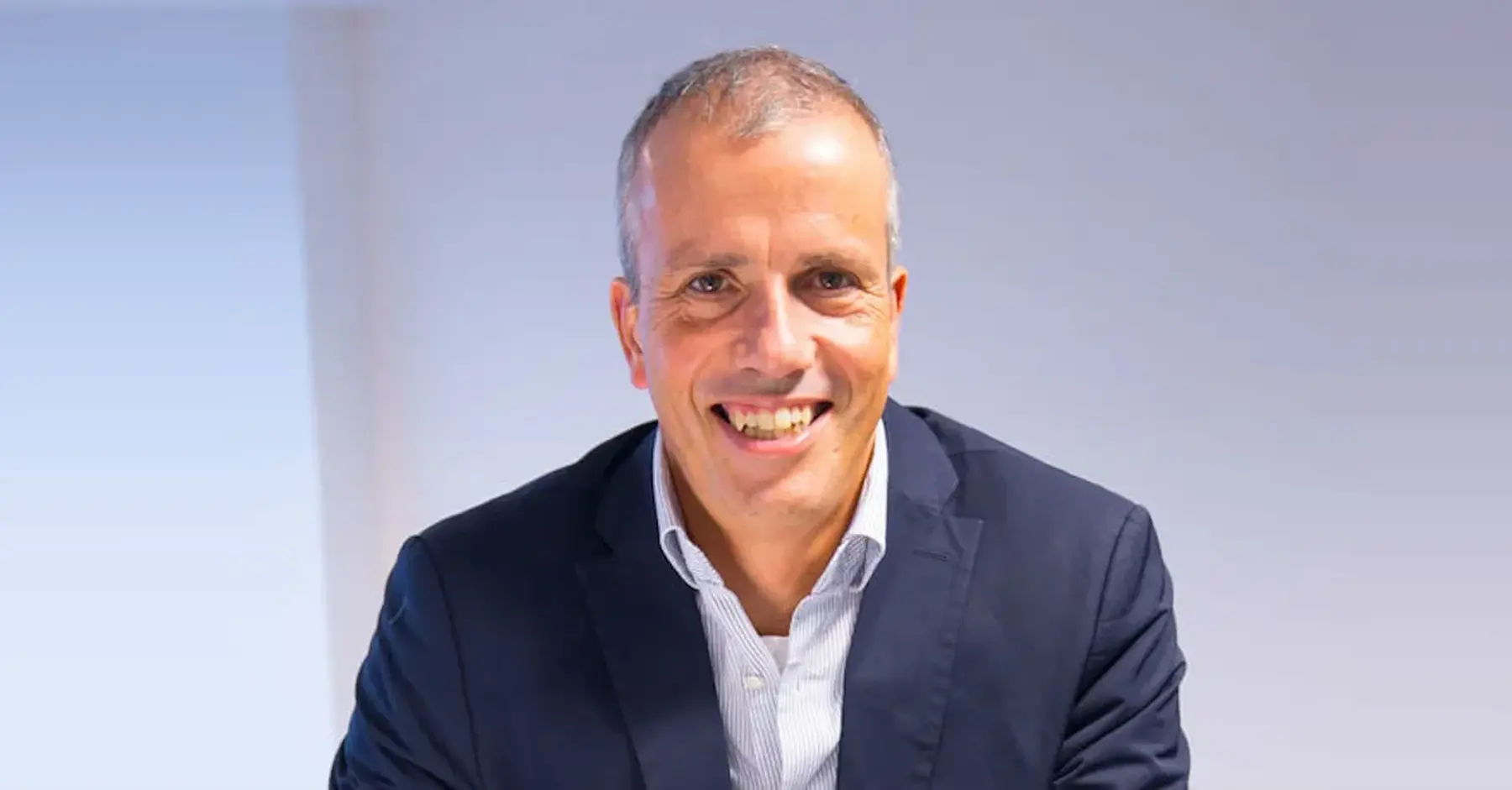You are viewing 1 of your 2 free articles
Trailblazing Seville proves destinations can be accessible to everyone
Travelosophers agent Harry Wales, a member of the Spain For All advisory board, reports on a recent trip to the Andalusian capital
Nestled in the sun-drenched region of Andalusia, Seville has long enchanted visitors with its flamenco rhythms, majestic Moorish architecture and the scent of orange blossoms wafting through cobbled streets. But beyond its traditional charm, the city is carving a name for itself as a trailblazer in accessible tourism, an evolution I had the privilege to witness first-hand.
As part of my continuing work with Spain For All, I recently returned from Seville, inspired not only by its vibrant culture but also by its strides toward making travel more inclusive.
Recognised as the European Capital of Smart Tourism in 2023, Seville is not just talking the talk, it’s redesigning its infrastructure, embracing digital innovation and rallying its institutions around the belief that travel should be for everyone.
Navigating the city
Seville’s urban accessibility starts from the ground up, literally. With a mostly flat terrain, it’s a city that welcomes wheelchair users and those with limited mobility. That said, the Old Town’s cobblestone charm does pose challenges, but thoughtful alternative routes and ongoing urban updates are making a difference.
Getting around is refreshingly easy. The metro system is fully accessible, with elevators and safety features at every station. The local buses (TUSSAM) are predominantly low-floor and feature automatic ramps, while a new app in development will even notify drivers of specific accessibility needs before a passenger boards. Trams are step-free, and accessible taxis with ramps can be booked with relative ease.
But it’s not just about getting from A to B – Seville ensures that you can actually experience the city once you arrive.
Culture’s contributions
From the towering Seville Cathedral, with its accessible ramp and elevator, to the serene Alcázar gardens (where portable ramps and guided assistance are available), Seville is proving that even centuries-old architecture can be opened up for all. While there are still hurdles, including uneven flooring in historic sites, or the occasional lack of clear signage, many locations have already implemented tactile maps, audio guides and accessible toilets.
Museums such as the Museo de Bellas Artes are leading by example, offering adapted entrances, elevators and inclusive restrooms. In cultural sites where adaptation is limited by heritage restrictions, the key lies in planning – a recurring theme in accessible travel, and one Seville is working hard to address with updated tourism guides and digital tools.
One standout moment for me was visiting Plaza de España, where upcoming changes, including a new entry fee, will fund accessibility enhancements, such as smoother paths around the plaza. While not every bridge is wheelchair-friendly, the area itself is becoming increasingly navigable.
Digital innovation
As part of its smart tourism push, Seville has introduced digital platforms and applications aimed at helping visitors with disabilities plan their trips more effectively. I was fortunate enough to see a live demo of one such app, still in its early stages but with promising features. With a bit more user-centric refinement, tools like this could revolutionise how accessible travel is managed and experienced.
Shaping the future
This trip also marked an important milestone for Spain For All, as our advisory board convened in Seville this May. We laid the groundwork for a strategic vision: a Spain where everyone, regardless of ability, can explore with dignity and autonomy. With Paralympian Ade Adepitan lending his voice and expertise, we’ve taken major steps toward building a national roadmap for accessible tourism.
Our vision is simple yet profound: Spain for All isn’t just a slogan, it’s a movement. A collaborative, data-driven effort that celebrates best practices while pushing for tangible change.
Transformative power
Seville is not a finished product, it’s a city in motion. Retrofitting historic sites, training hospitality staff in accessibility best practices and improving feedback mechanisms are the next steps. But what’s already in place is heartening.
As a traveller and advocate, my experience in Seville reminded me that accessibility is not about compromise, it’s about creativity, inclusion and respect. The passion of local stakeholders, the city’s commitment and the genuine warmth of the people prove that accessible travel is not only possible, it’s transformative.
For anyone dreaming of Spanish sunshine, rich history and inclusive adventure, Seville is ready to welcome you, with open arms and accessible pathways.

